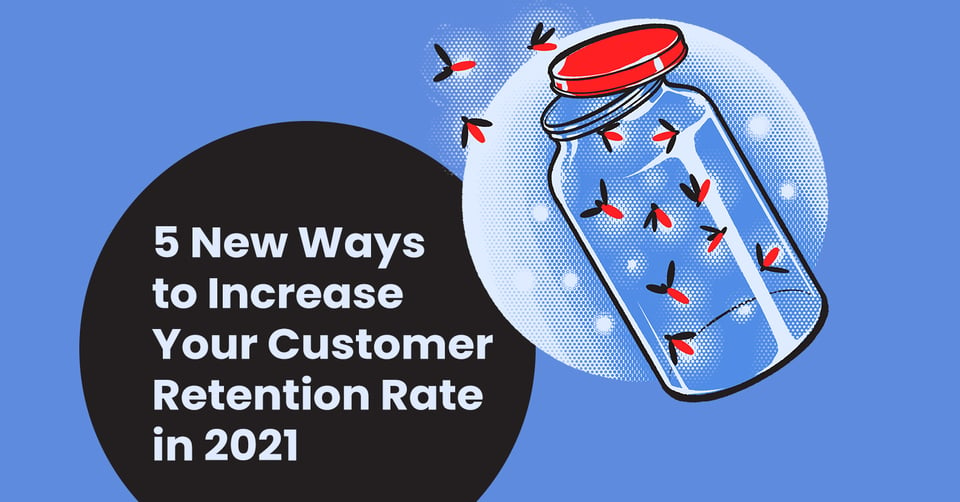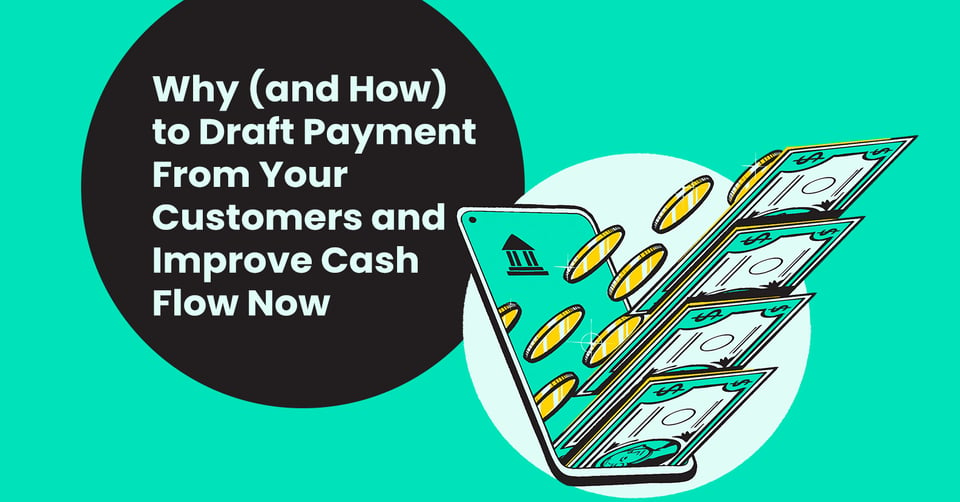No matter what your line of work, it’s something you’ll encounter sooner or later: an angry customer.
They happen for a number of reasons. Maybe they’re dissatisfied with their purchase or were incorrectly charged. Perhaps they had a bad experience while using your website or dealing with a sales rep.
Whatever the reason, there’s inevitably one common thread: they’re upset and want you to listen.
It’s not always easy to deliver on this, and in some extreme cases you just won’t be able to, but it’s definitely in your best interest to try.
According to consumer research, 80% of customers say they won’t buy a product that has a negative review online, while 51% say they’ll flat out switch providers after having a negative experience a single time.
By following the roadmap below, you’ll have a better chance of making upset customers feel heard and maybe even turning a negative experience into a lifelong customer for your business.
Step 1: Stay calm

It’s one of the first things Dr. Richard Bramson points out in his bestselling book Coping With Difficult People: an aggressive person can never fight another aggressive person effectively. Both will feed off one another until the situation explodes.
For the best shot at progress, go in with a clear head and be the calm party in the equation. Try taking deep breaths and pausing for a few seconds to think each time you’re about to speak.
Step 2: Listen
Sometimes all the customer really wants is to vent. In the age of automated customer service phone menus, they’re probably already hell bent on simply getting in touch with a living, breathing human.
Once they’ve got you on the line, sit back and give them a few minutes to get their story out.
Step 3: Read the situation
Not all angry customers are created equal. A 75-year-old grandma from Alabama probably has different ways of speaking and expectations for your call than, say, a 21-year-old in the Bronx.
You can make the customer feel understood by taking cues from them as an individual and tailoring your response accordingly.
Step 4: Apologize
It’s a critical piece of the puzzle, and one so many companies miss when dealing with unhappy customers.
The key is for your apology to be sincere. In fact, studies have shown that an insincere apology is actually worse for a company’s image than no apology at all, so make it count.
Sometimes the error is completely out of your control—a shipping delay or an out-of-stock item, for example. Instead of apologizing for something you had nothing to do with, instead offer your regret for the customer’s situation.
“I’m so sorry this has inconvenienced you,” works well.
Step 5: Take action
When you’re done listening, it’s time to take charge and offer a solution to the problem.
If you can reverse the error that got you here in the first place, great. If not, the customer expects you to do something to compensate them for their troubles.
You might refund all or some of their original charges, or offer a special upgrade they would not have received otherwise.
Some companies even and send a letter to dissatisfied customers, which can work wonders in making them feel valued. The Perfect Apology has a nice template for this kind of letter to get you started.
Step 6: Follow through
Whatever you promised to your customer, make it happen. Then, go the extra mile to check back in and make sure their issue is resolved. This is the magic moment where angry people are converted into loyal customers.
Have you ever turned a negative customer experience around? Leave us a comment and tell us how it went!
For weekly posts on running a better, more profitable business, subscribe to our blog!
Additional resources
Humanitarian Ernesto Sirolli explains how to use listening as the ultimate tool for helping people.













.png)




